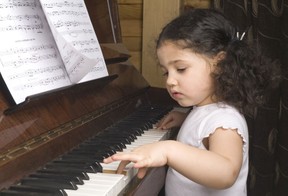 You can also enrol your child in music lessons. Singing is the cheapest choice because you don't need to buy an instrument. Piano, guitar, flute and violin are popular. You can also choose another instrument that interests your child.
You can also enrol your child in music lessons. Singing is the cheapest choice because you don't need to buy an instrument. Piano, guitar, flute and violin are popular. You can also choose another instrument that interests your child.
Not all instruments appeal to every child. This means each child will enjoy learning certain instruments more than others so you will need to match your child to their instrument.
Having been a music teacher I have seen many music lessons go horribly wrong because brothers and sisters had to learn the same instrument. That meant children who wanted to play a different instrument hated learning music. It also meant siblings became competitive. Sometimes this was helpful to learning but it was often a big problem.


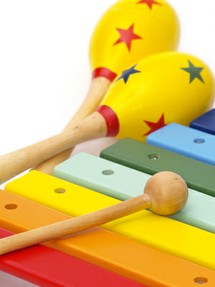
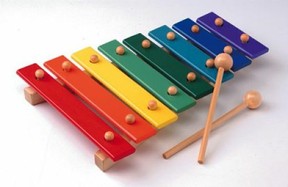



 You can also enrol your child in
You can also enrol your child in 



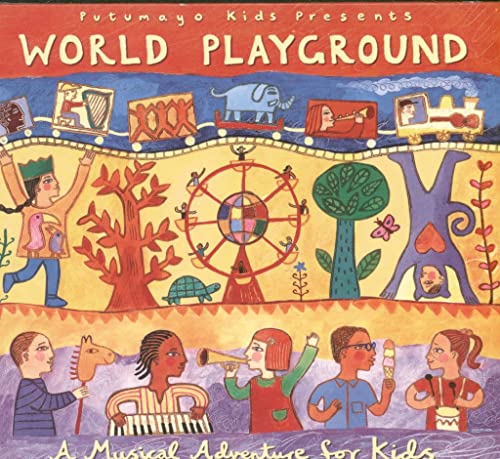

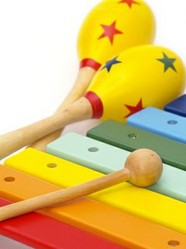

 Monkey Birthday Party Favorson 01/24/2013
Monkey Birthday Party Favorson 01/24/2013
 Butterfly Birthday Party Favorson 02/02/2013
Butterfly Birthday Party Favorson 02/02/2013
 Monster High Birthday Party Favorson 01/24/2013
Monster High Birthday Party Favorson 01/24/2013
 Basketball Party Favors for Girlson 01/30/2013
Basketball Party Favors for Girlson 01/30/2013

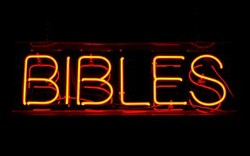

Comments